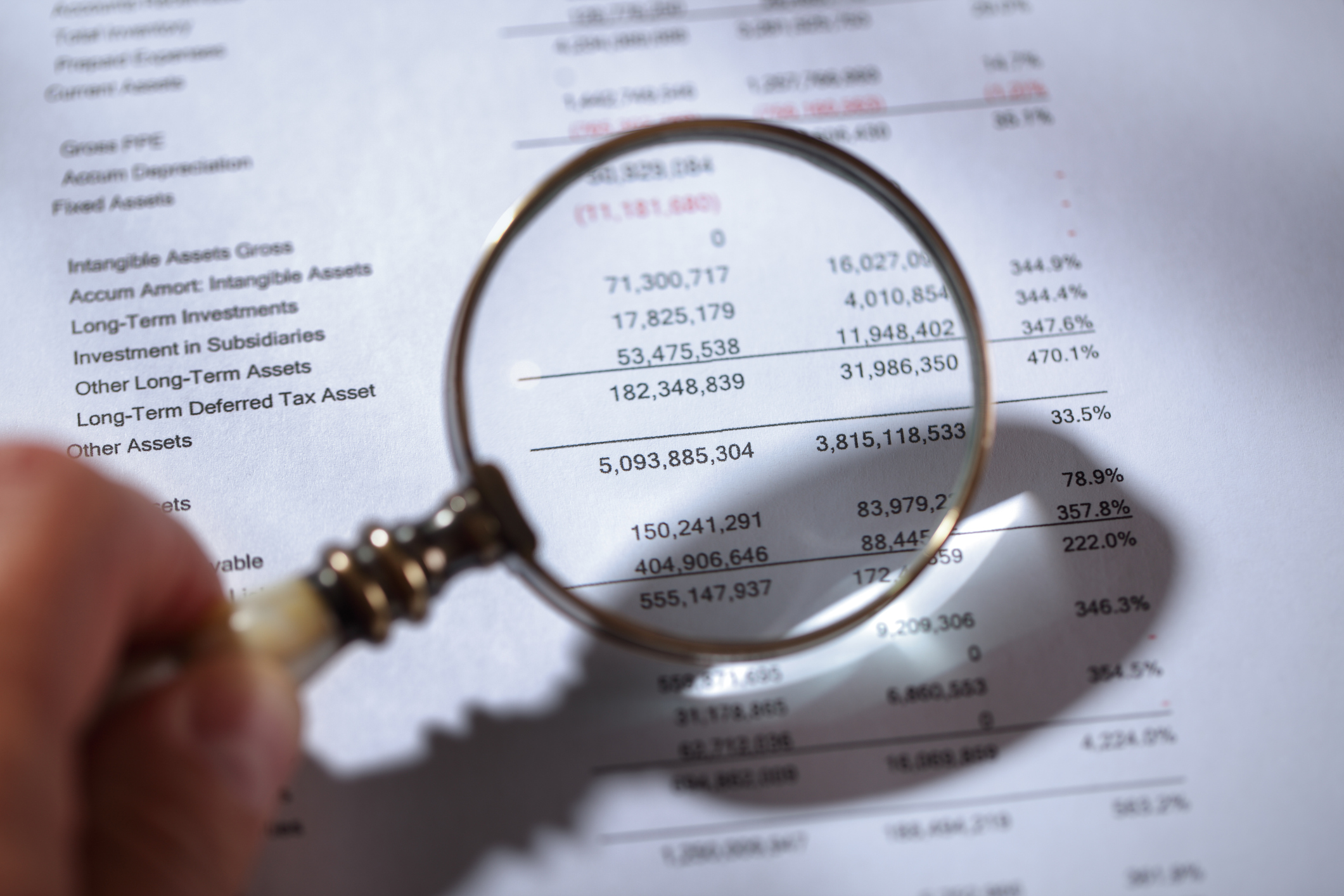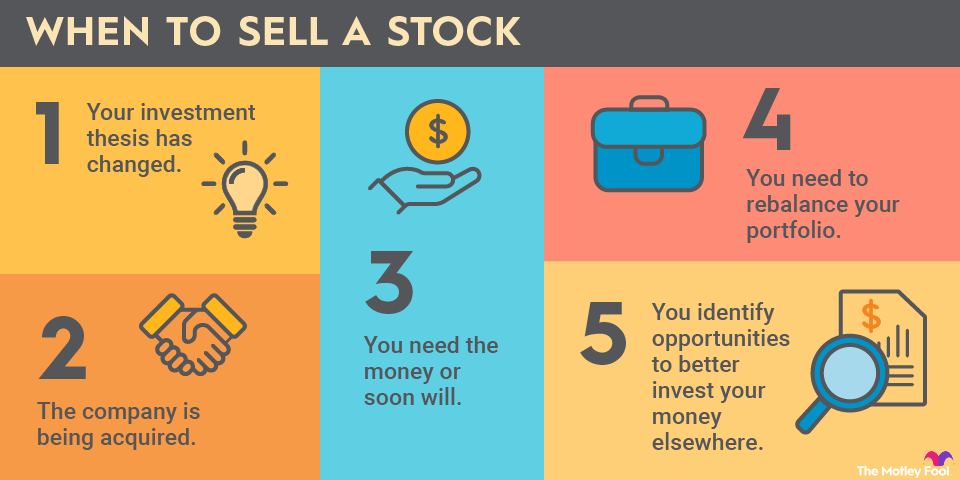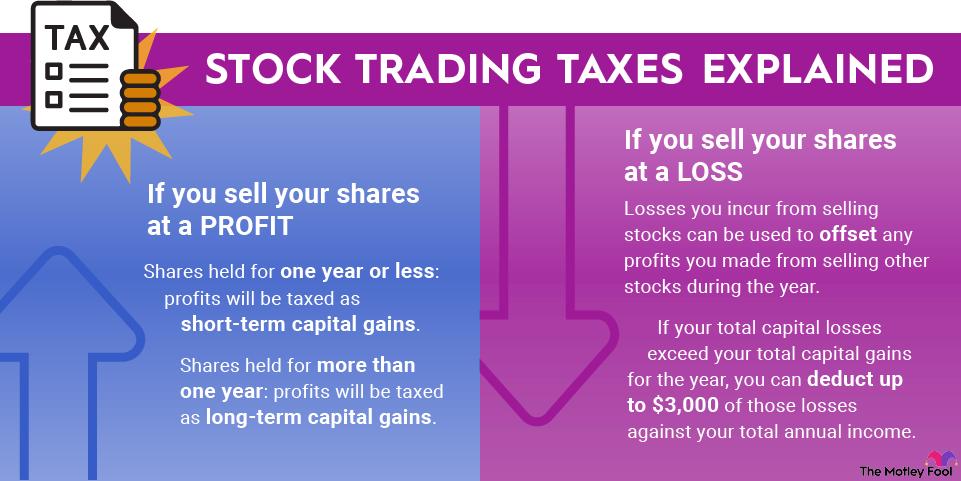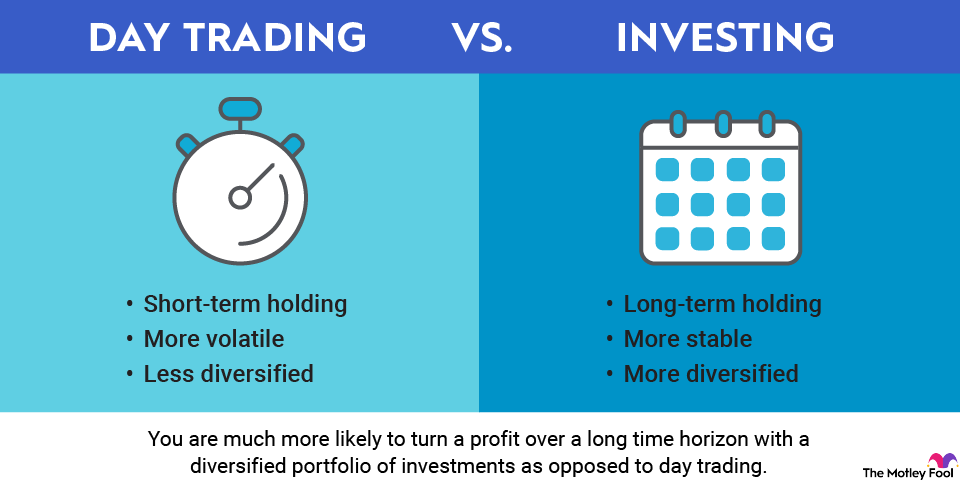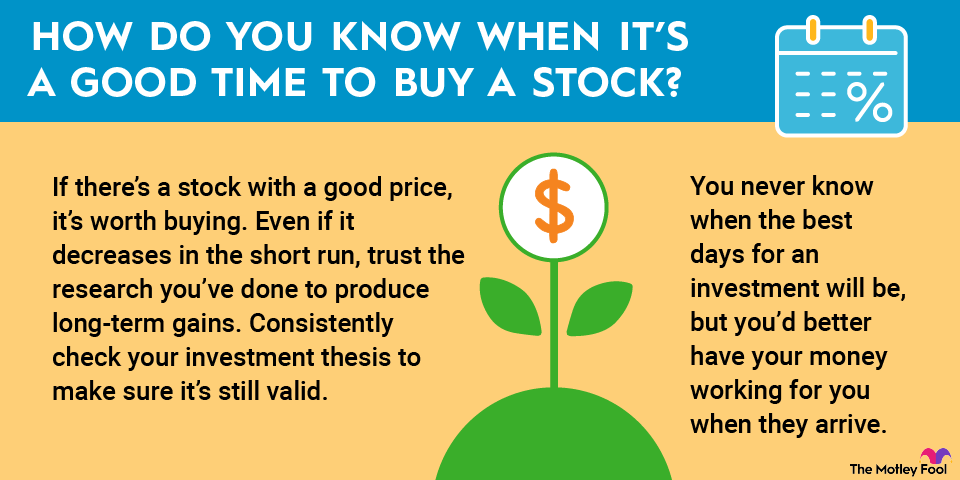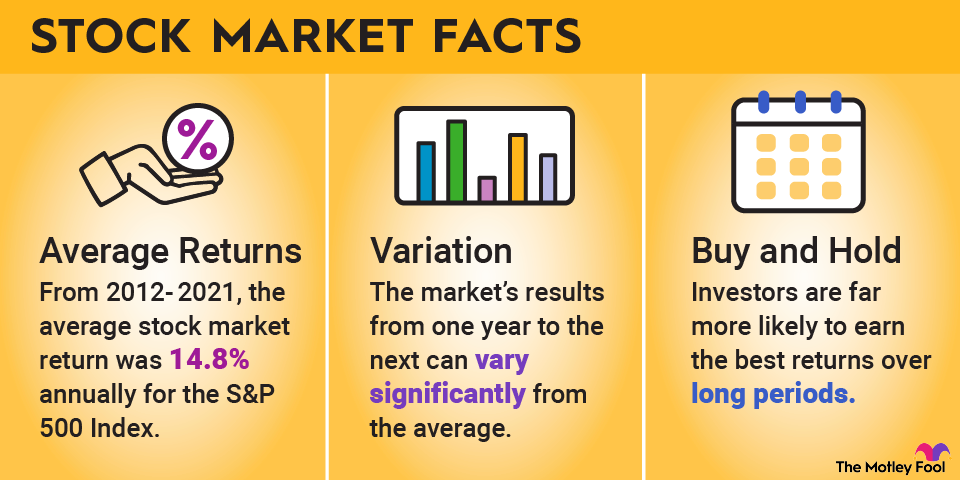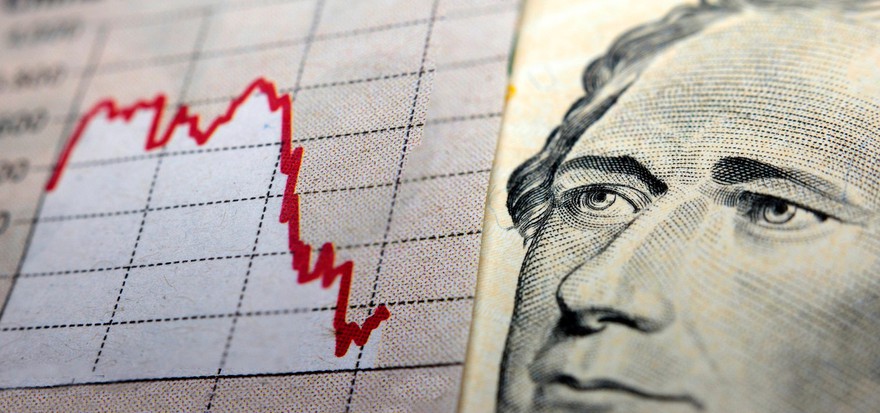Want to know how to invest in Project Omega? Take a number and join the rest of us who are wondering about the rumored project that may (or may not) involve supercharged artificial intelligence, breakthrough renewable energy technologies, a major reshaping of the cryptocurrency world, and Elon Musk. Read on to find out what we know about Project Omega.
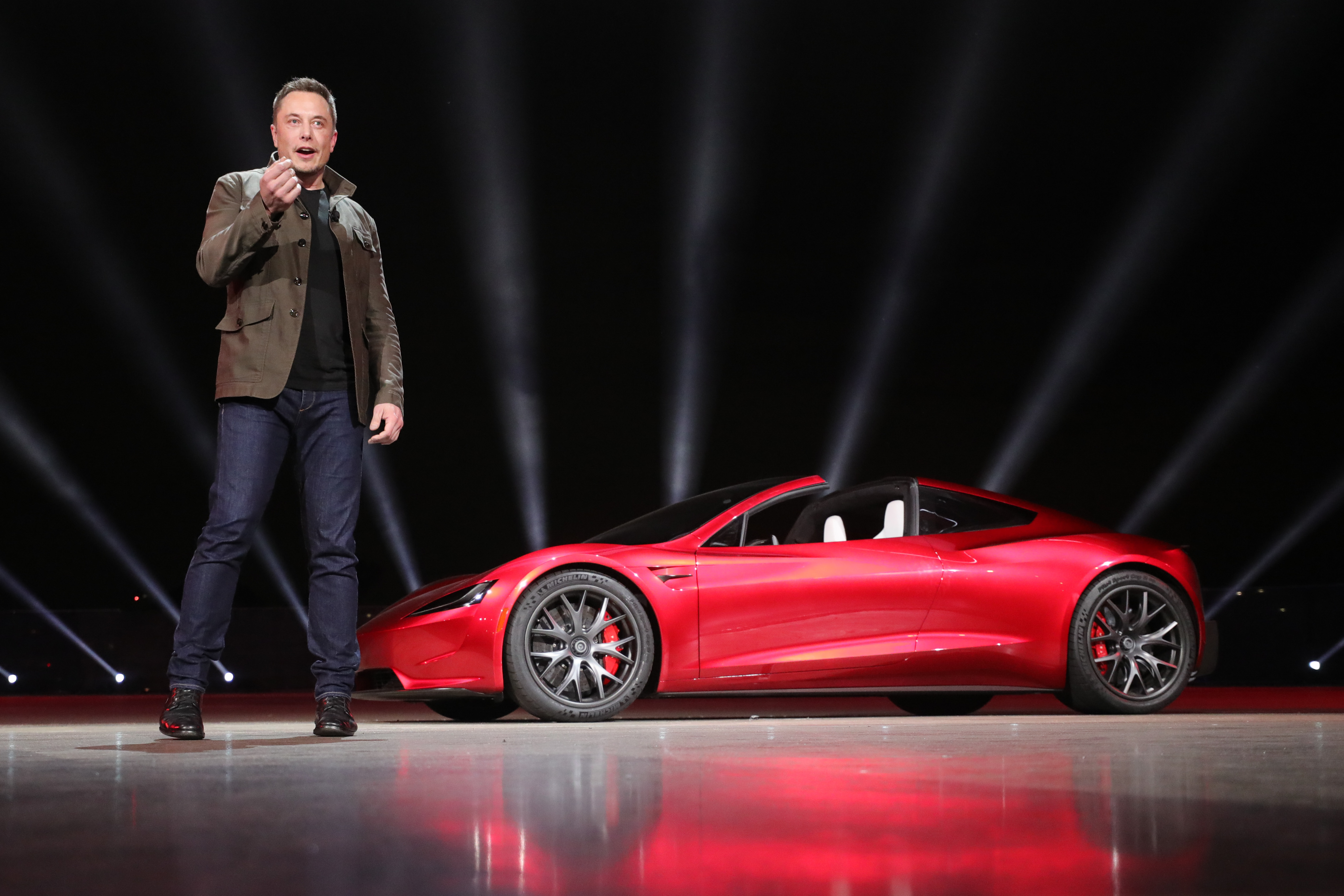
What is Project Omega?
Those who want to know how to invest in Project Omega might consider getting a little more information before putting money into the venture. For one thing, we might want to find out if the rumored venture that combines artificial intelligence and renewable energy, or the one that would remake cryptocurrency, or the involvement of Elon Musk is even real -- and so far, Musk isn't talking.
Although much of the gossip about Project Omega -- and that's what it is, only gossip -- is vague, the rumors about artificial intelligence, cryptocurrency, and renewable energy is catnip for investors who see the trio as three of the hottest secular trends in business.
Add the founder of PayPal (PYPL +0.88%), Tesla (TSLA +0.10%), SpaceX, Neuralink, xAI, and The Boring Company into the mix, and you’ve got the ingredients for an earth-shaking initial public offering (IPO). Again, though, not only is Project Omega absent from IPO calendars, but we're also not even sure if it's a real venture.
Investing in Project Omega
However, for the sake of argument, let's say that you think Project Omega is real and that Musk is behind a world-changing fusion of artificial intelligence and renewable energy, or he's part of a plan to redefine and remake decentralized finance (DeFi) for crypto. How would you best position yourself to profit from a company that hasn't gone public?
Accredited investors (i.e., high-net-worth individuals) could, theoretically, invest in Project Omega before a public offering through a secondary marketplace like Forge Global (FRGE -0.07%) or Hiive. However, this assumes that (a) the venture will need outside investors and (b) the project actually exists.
Meanwhile, less-affluent retail investors might be able to get a piece of the theoretical action by putting money into the Ark Venture Fund (NASDAQMUTFUND:ARKV.X) managed by Cathie Wood. Although the fund wouldn't be guaranteed to have money in a Project Omega venture, it's worth noting that it has shares of xAI, as well as pieces of OpenAI and Anthropic, none of which are currently traded. And while its management fee is an astronomical 2.75% annually, it's possible to buy into the fund with only a $500 investment.
Another indirect path to profiting from Project Omega, however, may lie in well-known companies that offer opportunities to invest in artificial intelligence, decentralized finance, or renewable energy. Here are three that fit the bill:
Tesla
Tesla, founded by Musk, is a logical candidate for people who'd like to invest in Project Omega. While the company generally gets kudos for dominating the electric vehicle market, an often-overlooked part of Tesla's business includes utility-scale storage options, such as the Tesla Megapack that's been adopted by utilities to ensure power flows smoothly through the electric grid. A rising tide generally lifts all boats, and if Musk is indeed part of a Project Omega rollout, other ventures of his are likely to benefit.
Nvidia
Nvidia (NVDA -0.53%) has almost single-handedly emerged as the winner of an AI revolution. It briefly became the largest company in the world by market capitalization on several occasions, the first of which was in June 2024. The company's graphic processing units are essential to virtually all AI applications since they can perform millions of operations at the same time, making them perfect for machine learning. Stocks that go up generally must go down, but Nvidia stock shows few, if any, signs of retreating soon.
Lido Staked Ether
Of all the crypto platforms that might benefit from a sudden boom in decentralized finance, Lido Staked Ether (STETH +0.44%) may be near the top of the list. With a market capitalization of more than $22 billion as of June 2025, the protocol has become one of the biggest DeFi platforms in the crypto world, allowing users to stake their tokens and earn passive income or use them as collateral for loans.
Here's how to invest in one of the three companies:
1. Open your brokerage app: Log in to your brokerage account where you handle your investments.
2. Search for the stock: Enter the ticker or company name into the search bar to bring up the stock's trading page.
3. Decide how many shares to buy: Consider your investment goals and how much of your portfolio you want to allocate to this stock.
4. Select order type: Choose between a market order to buy at the current price or a limit order to specify the maximum price you're willing to pay.
5. Submit your order: Confirm the details and submit your buy order.
6. Review your purchase: Check your portfolio to ensure your order was filled as expected and adjust your investment strategy accordingly.
ETFs with possible exposure to Project Omega
Another option for investing in a theoretical Project Omega involves much less research. Putting money into an exchange-traded fund (ETF) isn't just a way to profit from a booming sector; it's also a time-proven method for portfolio diversification.
Even if one or two stocks in your ETF basket crater, there are more that can theoretically offset losses. And while you might not enjoy life-changing results from the success of a single stock, passive investing has been proven over and over to significantly reduce risk.
Exchange-Traded Fund (ETF)
Here are five ETFs that might benefit from Project Omega:
iShares Global Clean Energy ETF (ICLN -0.59%). It's been a rough few years for many renewable energy-focused funds. The ICLN fund had fallen almost 14% for the year by the first half of 2025, but it still held almost $1.3 billion in assets under management (AUM). Its modest yield of 1.84% may be partially offset by a reasonable expense ratio of 0.41%. First Solar (FSLR +0.02%), making up 7.1% of the fund, is its top holding. Other major holdings include Iberdrola SA (IBDSF -0.47%) (IBDRY +0.11%), which has 6.3% of assets, and Vestas Wind Systems (VWSY.F +0.12%), accounting for 5.9% of assets.
First Trust NASDAQ Clean Edge Green Energy Index Fund (QCLN +0.13%). Like many clean energy stocks in general and the iShares fund, the ETF has had a rocky year. The fund, which held $366.3 million in net assets, posted a 0.22% dividend yield on a 0.59% expense ratio. The First Trust ETF's top holdings included Rivian (RIVN -0.61%) at 9.9%, Tesla (8.3%), First Solar (8.2%), and ON Semiconductor (ON -0.09%) making up 7.2%.
Amplify Transformational Data Sharing ETF (BLOK -2.06%). The fund focuses on companies that are directly or indirectly exposed to the cryptocurrency world. Over the past year, it's handily outperformed the S&P 500, racking up 35.4% in gains. The fund, which has $733.5 million in assets and an expense ratio of 0.73%, reports that its largest holdings include Robinhood (HOOD -3.74%) at 4.8%; MicroStrategy (STRF -1.54%), making up 4.7% of assets; and Metaplanet (MTPL.F -3.57%) at 4%.
The Global X Robotics and Artificial Intelligence ETF (BOTZ -0.30%) is a behemoth in AI and robotics ETFs, with $2.4 billion in assets. It has a 0.68% expense ratio and no real dividend yield reported. Over the past year, the fund has logged a 7.13% loss. Its top holding is Keyence (KYCCF -3.72%), which makes up 9.1% of its assets. The Japan-based manufacturer is followed by Nvidia at 9%, Intuitive Surgical (ISRG +1.18%) at 8.4%, and ABB Ltd. (ABBN.Y +0.62%), accounting for 8.3% of holdings.
The Destiny Tech100 (DXYZ -0.57%) is one of a few funds that let their investors put money into companies that typically only get monetary love from private equity and venture capital firms. The closed-end fund, which was only listed on the New York Stock Exchange (NYSE) in January 2024, has almost two dozen holdings, including off-the-exchange investments in SpaceX (52.4% of its portfolio), Revolut (9.4%), and OpenAI (4.4%). It's posted a whopping 158.3% return over the past year, even with a stiff 2.5% management fee.
Before rushing in with your money, however, you should keep several things in mind: First, the ETF is a closed-end fund, which means it limits the amount of shares that it sells. Second, several of its holdings, such as Instacart (CART +2.48%), which accounts for 2.6% of assets, had relatively recent IPOs with shares that have bounced around in value since the initial excitement. Finally, the net asset value of the fund's holdings was $51.7 million at the end of the first quarter of 2025, but its market cap was about $387.3 million. Do the math, and you'll see that the value of the portfolio would need to increase by a factor of 7.5 before investors who bought into the fund right away will see a profit.
Still, if your risk tolerance is reasonably high and you see the ETF as an opportunity for portfolio diversification, the Destiny Tech100 fund may be an interesting (if somewhat risky) holding.
Related investing topics
Bottom line on Project Omega
A fusion of artificial intelligence and renewable energy created by one of the top entrepreneurs of the 21st century or a plan to reimagine the world of decentralized finance has the potential to send investors into a frenzy. With few exceptions, Musk has an unrivaled track record when it comes to developing businesses on the cutting edge of technology. Even so, two caveats bear repeating: We don't know if any of this is real, and if something sounds too good to be true, it usually is too good to be true.
